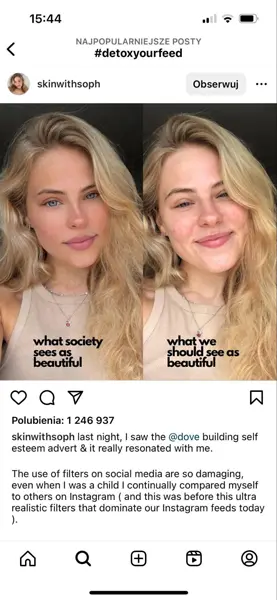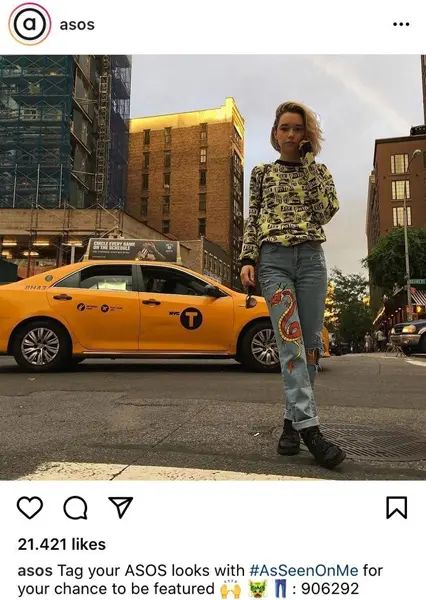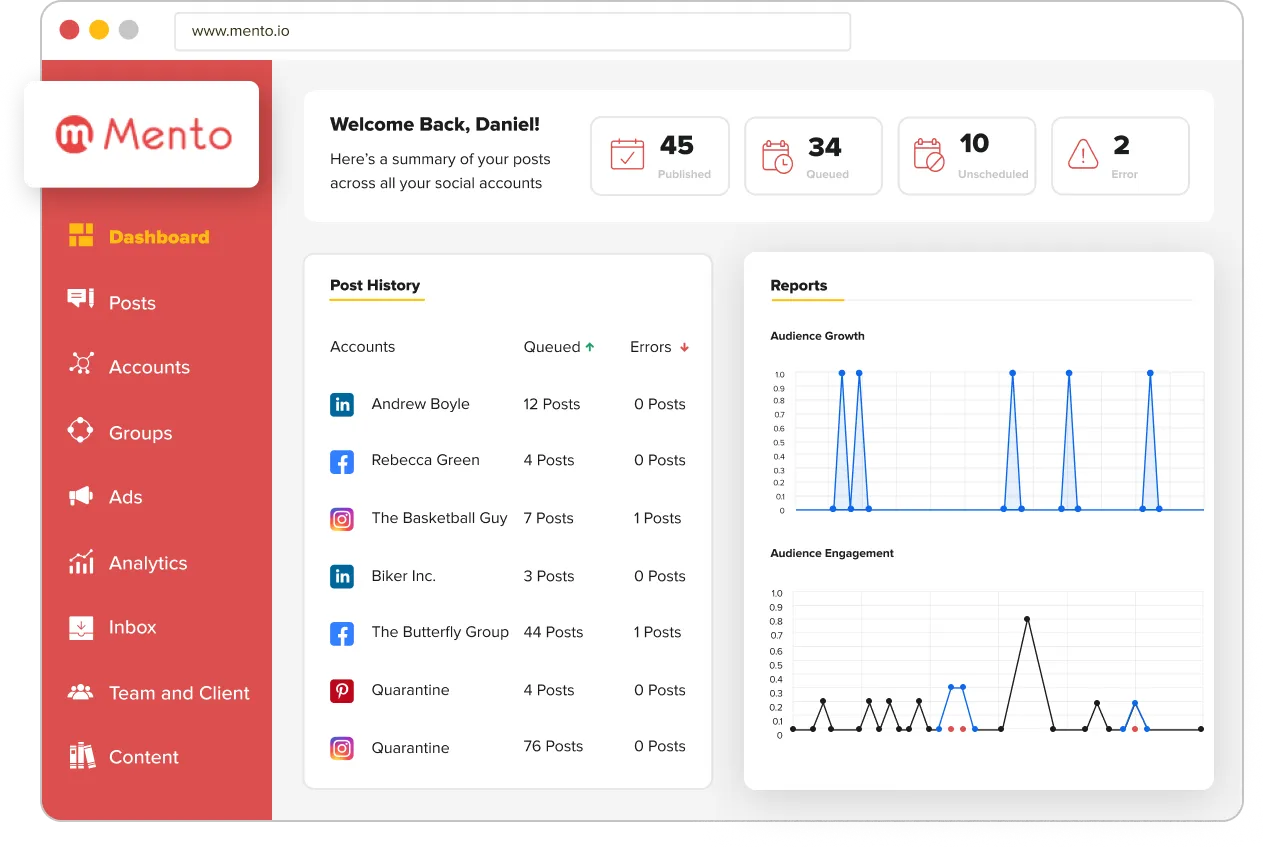A staggering 4.48 billion people are active on social media, making it a fertile ground for advertising. In fact, social media advertising campaigns have become a pivotal marketing strategy for businesses worldwide.
According to Statista, social media ad spending is projected to increase significantly from 2017 to 2026, highlighting the growing importance of this medium.
However, creating a successful social media advertising campaign is a complex process that involves several elements, including goal setting, content creation, and effective advertising strategies. For agencies managing multiple accounts, it’s crucial to have well-optimized and standardized processes.
This comprehensive guide aims to shed light on how agencies can build amazing social media advertising campaigns for their clients, backed by successful examples and actionable tips. Ready to harness the power of social media advertising?
Let’s dive in!
Understanding Social Media Advertising Campaigns
A social media advertising campaign is a coordinated marketing effort on social media platforms to achieve a specific goal. These campaigns can take various forms, including organic posts, paid advertising posts, influencer posts, user-generated content, hashtags, and contests.
Each element of a campaign should align with the overall strategic goal and aim to evoke specific emotions and actions from followers.
This can consist of a few types of elements:
- Organic posts: Non-paid content appears on your social media channels. They are essential for maintaining regular interaction with your audience and providing them with valuable content.
- Paid advertising posts: These are sponsored posts that allow you to reach a broader audience beyond your followers. They can be targeted based on demographics, interests, behavior, etc.
- Influencer posts: Collaborating with influencers can help you reach their followers, who might be part of your target audience. Influencers can bring authenticity and increase trust in your brand.
- User-generated content: This involves encouraging your followers to share content related to your brand, often through contests or hashtags. It can increase engagement and provide social proof.
- Hashtags: These can increase your posts’ visibility, help you join trending conversations, and make it easier for users to find your content.
- Contests: These can increase engagement, encourage user-generated content, and grow your follower base.
Setting Up Goals for a Social Media Advertising Campaign
Before diving headfirst into social media advertising, it’s crucial to set the stage with clear, actionable goals. This isn’t just about having a vague idea of wanting to “increase sales” or “boost brand awareness.” It’s about setting SMART goals that align with your overall business objectives and provide a clear path forward.
1. Identifying Your Goals
The first step in creating a successful social media advertising campaign for clients is identifying the goals. These could range from driving sales and generating leads to increasing website traffic, improving brand awareness and loyalty, or building customer relationships and engagement.
Remember, the chosen goal should be SMART – Specific, Measurable, Achievable, Realistic, and Timely. This approach ensures that you can accurately track your progress and adjust as needed.
2. Choosing the Right Platforms
Once your goals are set, decide which social media platforms best suit the client’s campaign. This decision should be based on the business type and the demographics of the target audience. For instance, LinkedIn is an excellent B2B lead generation platform, while Instagram is popular among users aged 18-34.
3. Planning Your Content
The next step is to plan the content that will support the campaign goal. The type of content you create will depend on the platforms you choose.
For example, if your client is a fashion retailer, they might want a campaign with lifestyle pictures and videos for Instagram, TikTok, and Snapchat. In contrast, a B2B brand might want LinkedIn articles to demonstrate thought leadership.
4. Selecting Metrics to Track
Selecting the right metrics to track based on the campaign goals is crucial. These could include engagement metrics like clicks, likes, comments, and shares or awareness metrics like impressions and reach. Also, track social sentiment and other metrics relevant to the goals.
Building a Social Media Advertising Campaign
Embarking on the journey of building a social media advertising campaign can seem daunting. Still, with the right strategy and tools, it can be a game-changer for your client. Here’s how you can go about it:
1. Using a Social Media Management Tool
Before we dive into the specifics, let’s talk about the importance of having a social media management tool.
These tools are designed to simplify your life by automating and streamlining your social media activities. They allow you to schedule posts, manage your campaigns, and analyze results, making the process more efficient and less time-consuming.
One such tool is SocialPilot, which offers a range of features to help you manage your social media campaigns effectively.
2. Understanding Key Performance Indicators (KPIs)
The social media objectives are tied to Key Performance Indicators (KPIs) and metrics. Understanding what’s driving engagement, clicks, and revenue is key to creating a high-performing campaign.
For instance, if the goal is to increase brand awareness on Facebook, focus on metrics like fan count, page and post impressions, post reach, and link clicks.
3. Constant Monitoring and Adjustment
Setting goals and building a social media advertising campaign is not a one-time task. It requires constant monitoring and adjustment based on data-driven insights. By keeping a close eye on metrics, you can understand what’s working, what’s not, and make changes as needed to optimize the campaign’s performance.
4. Creating Engaging Content
The content you create for your client’s social media campaign should align with their goals and resonate with their audience. Picking up from the same example earlier, this could range from lifestyle pictures and videos for a fashion retailer to thought leadership articles for a B2B brand.
Remember, the key to engaging content is understanding the audience’s interests and challenges and providing value through the content.
Interested to know how real brands have leveraged social media for their ad campaigns? Let’s find out.
4 Social Media Campaign Examples for Your Inspiration
The most effective social media advertising campaigns captivate, engage, and leave a lasting impact on users. To inspire and provide insights, we’ve compiled a few social media campaign examples that showcase creativity, strategic thinking, and remarkable results.
These campaigns have successfully harnessed the potential of various platforms to create unforgettable brand experiences and drive exceptional business outcomes.
1. Loungefit – Day In Life
Loungefit, a loungewear brand, launched a campaign on TikTok where the owner, Andre Smith, shares what his day as a businessman looks like. This campaign, managed by their marketing agency, resulted in 80% of Loungefit’s sales coming from TikTok, and it continues to grow.
The campaign worked because it showed customers the human side of the business, increasing clients’ trust. Focusing on authenticity, transparency, and human connections can drive great results in social campaigns.
2. Dove – #DetoxYourFeed
Dove, known for creating great brand awareness campaigns with the values of natural beauty and body positivity, launched the #DetoxYourFeed campaign in 2022.
The campaign, managed by their agency, encouraged people to clean their social media feeds and unlike profiles that damage their self-esteem. They engaged influencers from different countries to post pictures of their faces on Instagram with and without a filter.

This campaign is an excellent example of a campaign touching on a problem faced by millions of young people in different countries who experience toxic messages about appearance across social media.
3. Asos – A Fashion Retailer
Asos, a fashion retailer, launched a great social media campaign mixing influencer marketing with user-generated content. The campaign was based on engaging influencers on Instagram to post pictures wearing Asos clothes and then encouraging customers to do the same. With the hashtag #asseenonme, the campaign went viral.

When people saw their friends wearing cool outfits from Asos, they started to buy similar products there, and thanks to that, sales increased by 28% during the year.
4. Warner Bros – #Barbie
The new Barbie movie with Margot Robbie and Ryan Gosling had a well-executed marketing campaign managed by their agency. Apart from a great set of posters and a trailer, they also created an AI selfie generator that shows you how your character would look in the Barbie world.
The campaign went viral for a couple of reasons.
First, it used the newest AI-based technologies, driving great interest nowadays. Second, it played on nostalgia and created significant engagement among people. The part that made the most buzz around it was the AI selfie generator. Even Zooey Deschanel and different stars posted Barbie selfies on their social media profiles.

5 Tips for Agencies to Enhance the Process for Every Client’s Success
Navigating social media advertising campaigns for clients can be a complex task. However, with the right strategies and tools, agencies can effectively manage multiple accounts, speed up content approval, and deliver top-notch services.
Here’s how:
1. Manage Multiple Accounts Effectively
Managing multiple social media accounts for various clients can be a complex task. However, with the right strategies in place, it can become a smooth and efficient process. Here are some tips to effectively manage multiple accounts:
- Create a Social Media Strategy: Before you start posting content, it’s crucial to have a clear social media strategy in place. This should outline your client’s goals, target audience, content themes, and posting schedule.
- Build a Content Creation Plan: Having a solid content creation plan can help ensure that you’re consistently delivering high-quality content that aligns with your client’s brand and goals.
- Leverage Social Media Management Tools: Tools like SocialPilot can help streamline the process of managing multiple accounts. They allow you to schedule posts, manage campaigns, and analyze results from a single platform.
- Use a Social Media Calendar: A social media calendar can help you plan and organize your posts across different platforms. It can also ensure that you’re posting content at the optimal times for each platform.
- Implement Smooth Collaboration & Approval Processes: When working with multiple clients, it’s important to have a smooth collaboration and approval process in place. This can help ensure that all stakeholders are on the same page and that content is approved and published in a timely manner.
- Schedule Posts Ahead of Time: Scheduling posts ahead of time can help ensure that you’re consistently posting content, even during busy periods.
2. Speed Up Content Approval
When handling multiple accounts with different social media campaigns, obtaining timely social media post approvals from clients can be a challenging task. Traditional methods like organizing accounts and posts in Google Sheets and asking for approvals via email can be time-consuming and resource-intensive.
A more efficient approach is to use a tool like SocialPilot to streamline the process. For instance, 50 Pound Social, a UK-based social media agency, automated its content approval process using SocialPilot, saving significant time and resources. This case study serves as a testament to the effectiveness of using such tools.
3. Use White-Label Solutions
White-label solutions are a boon for agencies as they allow for the removal of third-party branding from assets shared with clients, replacing it with their own. This is particularly useful when creating customized and branded reports from social media campaigns.
White labeling not only delivers a premium experience to clients but also makes the agency appear more professional. It saves time and money on creating proprietary tools and solutions, and clients associate all work with the agency, not a third-party product.
For instance, SocialPilot offers a comprehensive white-label solution that allows agencies to present all reports and dashboards under their own branding. This enhances the agency’s professional image and provides a seamless experience for clients.

4. Improve Your Dynamic Ads Creation Process
Dynamic ads on platforms like Facebook and Instagram allow for more targeted and relevant advertising. They automatically create different versions of your ad, tailored to each customer, based on an ad template and product feed uploaded to the platform.
To improve your dynamic ads creation process, consider the following tips:
- Understand Your Audience: Knowing your audience is key to creating dynamic ads that resonate. Use audience insights to understand their preferences and behaviors and tailor your ads accordingly.
- Use High-Quality Images: Visuals play a crucial role in dynamic ads. Ensure you use high-quality, relevant images to attract and engage your audience.
- Optimize Your Product Feed: A well-optimized product feed is essential for dynamic ads. Include all necessary information and keep it updated to ensure your ads are relevant and accurate.
- Test and Optimize: Like any other ad campaign, it’s important to test different elements of your dynamic ads and optimize based on performance.
For instance, Northern Commerce, a full-service e-commerce agency based in Canada, optimized its dynamic ads on Facebook by building a high-quality data feed. This not only improved their social media advertising campaigns but also reduced management resources. This case study illustrates the power of optimizing the dynamic ad creation process.
5. Effective Communication with Clients
In social media advertising, effective communication with clients is paramount. As an agency, you need to ensure that your clients are kept in the loop about the progress of their campaigns. This involves regular updates, transparent reporting, and being responsive to their queries and concerns.
One way to enhance communication is by leveraging social media itself. Posting updates about campaign progress, milestones, and industry news can show clients that you’re actively managing their campaigns and paying attention to market trends. Tailoring these updates to address their specific questions or needs can further enhance this communication.
Moreover, creating a dedicated customer service channel on social media can be a great way to build relationships with clients. It provides an easy way for them to reach you without having to call or find your email, making the communication process more seamless and efficient.
Remember, effective communication not only helps in managing the current campaigns but also in building long-term relationships with clients, leading to repeat business and referrals.
Conclusion
Creating unique social media advertising campaigns is vital for agencies aiming to deliver exceptional results.
This involves setting clear goals, choosing the right platforms, and leveraging tools for efficient management. With constant monitoring and strategic adjustments, agencies can create campaigns that not only meet client objectives but also forge lasting connections with the target audience.
And to aid in this process, make sure to leverage social media management tools like SocialPilot that will completely streamline your social media ad campaign efforts.




